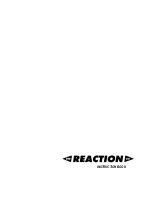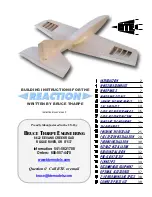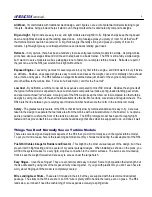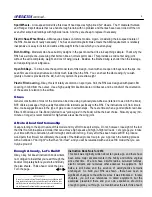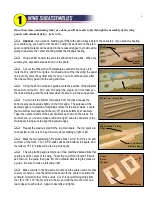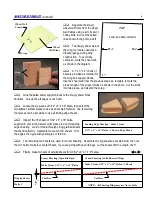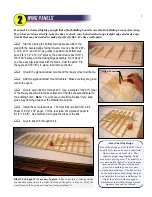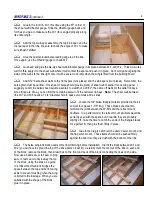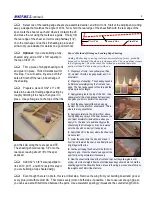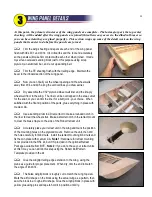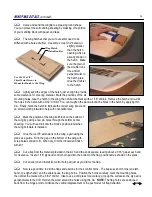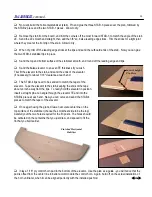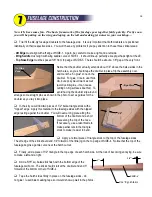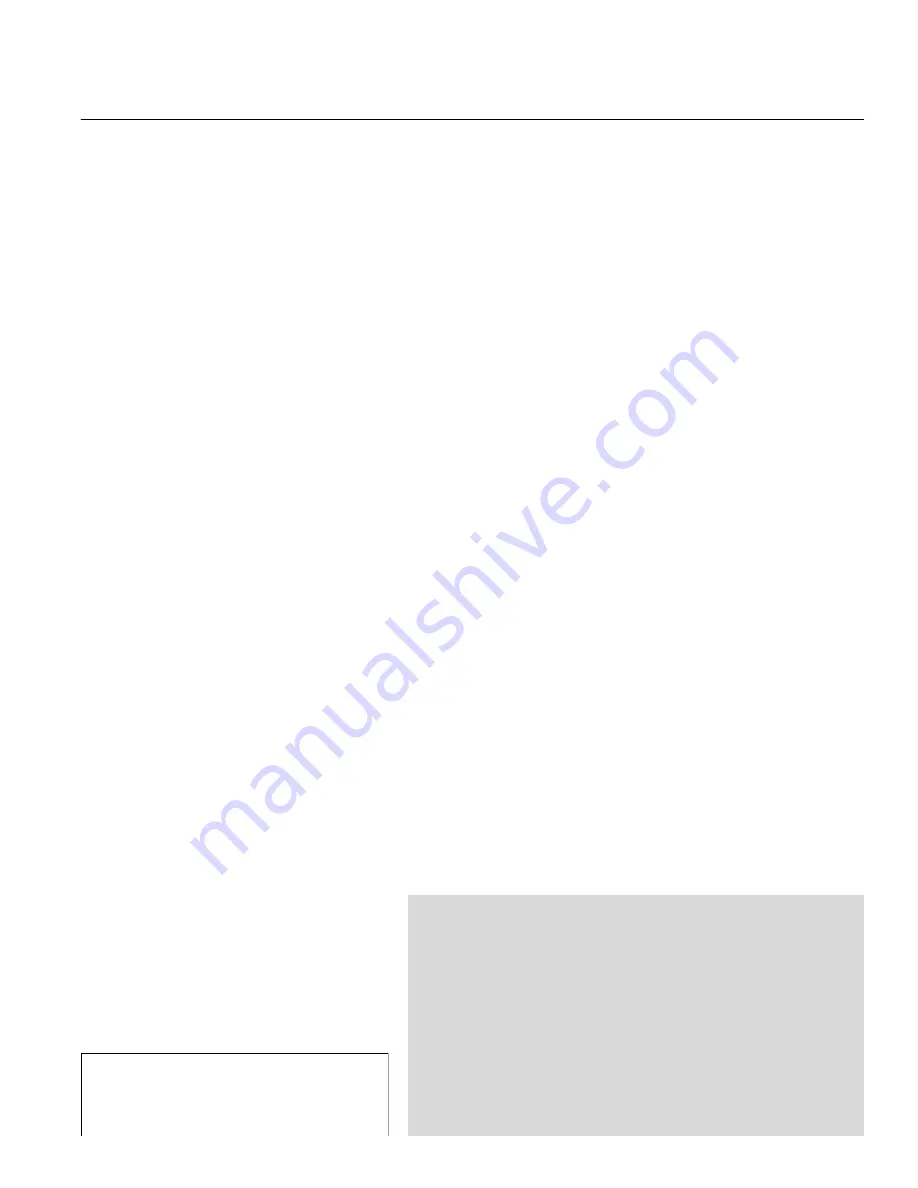
Sport Wheels
- A low-speed model like this doesn't need special, high-priced "jet" wheels. The 3" diameter Sullivan
and Hangar 9 sport wheels that I use handle rough terrain with no problem and the tires have never rolled off the rim
even after some bad landings with high side loads. And they are cheap to replace if necessary.
Electric Nose Wheel Brake
- AMA requires brakes on turbine models. Again, considering the low-speed nature of
the R54, brakes aren't really necessary. The Kavan electromagnetic brake meets the AMA requirement, is relatively
inexpensive, is easy to install, and adds a little weight to the nose which you need anyway.
Bolt-On Wing
- Modelers who have built my designs in the past know that I like to keep things simple. That's why the
R54 has a simple one-piece wing that bolts on like a normal sport model. This provides a solid center wing joint
without the extra complexity, weight, and cost of wing joiners. Besides, the finished wing is shorter than the fuselage,
so transporting is not a big issue.
Open Rib Bays
- To drive home the sport model feel of this design, I went with some open rib bays near the tips. I've
seen film used on open structures on birds much faster than the R54. You can sheet the whole wing if you wish
(plenty of wood is provided in the kit), but in my opinion it's just extra weight.
Plastic Film Covering
- Okay, this isn't totally uncommon on sport jets. Still, the R54 was designed with plastic film
covering in mind from the outset. Use a high-quality film like Monokote or Ultracoat, and be mindful of the orientation
of the seams in relation to the airflow.
Glues
General construction of most of the model can be done using Cyanoacrylate Adhesive (referred to as CA in the book).
BTE offers a package of high-quality Handibond CA tailored specifically to the R54. The instructions will, from time to
time, make suggestions as to the type of glue to use in certain steps. There are times when a good aliphatic resin like
Elmer's Wood Glue or Tite-Bond (referred to as "yellow glue" in the book) will be the best choice. Slow-dry epoxy (30-
minute or longer) is recommended for high-stress areas like the wing joint.
A Note About Craftsmanship
I keep referring to the sport nature of this model and my effort to keep it simple. Do not, however, lose sight of the fact
that this IS a turbine-powered model that can achieve high speeds and high in-flight air loads. I encourage you to take
your time with the construction, build it straight, and build it strong. Every effort has been made at BTE to produce
wood parts that fit well, but ultimately, the quality of the finished product is up to you. Approach the building process
with an attitude of "do it right" rather than "do it fast", and you will be rewarded with a unique R/C model that you can
truly be proud of.
Enough Already, Let's Build!
Okay, okay, but like all instruction book writers,
I am obliged to insist that you read through the
booklet completely before you start, and study
the plan sheets. Think ahead. Grab the glue.
Turn the page...
R54
INTRODUCTION,
continued...
4
LIMIT OF LIABILITY
In use of our products, Bruce Tharpe Engineering's only obligation shall
be to replace such quantity of the product proven to be defective. User
shall determine the suitability of the product for his or her intended use
and shall assume all risk and liability in connection therewith.
Instruction Book Note for 2014
This book was originally written about ten years ago, and there have
been some major advancements in the hobby and turbine engines
since that time. We now have 2.4GHz radios, kero-start turbines,
electric retracts, and numerous other advances in equipment. But
balsa is still balsa and the science of aerodynamics remains
unchanged. So build your R54 as shown - there have been no
significant changes to the airframe since it was introduced. In later
chapters, you will see references to dated equipment, but the
examples presented there and your own experience should be
enough to guide you through. As mentioned at the left, think ahead!
Summary of Contents for Reaction 54
Page 1: ...INSTRUCTION BOOK...

